The Holy Healer – Lapacho
Pau D’arco; Taheebo; Ipe Roxo
LaPacho Bark Wild-crafted, Tbebuia avellanedas Tea infusion of Pau d’arco should be taken in water with a little lemon juice so tannins can be absorbed through the colon.
Shop LaPacho The Holy Healer – Lapacho Pau D’arco Item No: 1981-50
The Lapacho tree is native to South America and is found growing in the rain forests of Argentina, Paraguay and Brazil. Although there are many members of Bignoniaceae family, it is only the Tabebuia impetiginosa and Tabebuia avellandeae varieties that are utilized for their medicinal properties. The bark was traditionally used to make the hunting bows of the South American Indians — indeed, its name Pau D’Arco translates to bow stick in Spanish. The medicinal properties of lapacho are found in the self-regenerating inner bark — the cortex — of the tree and it takes skilled harvesters to properly gather and handle this material. It is said that the properties of lapacho are most effective and beneficial when it is consumed along with the traditional South American yerba mate. Although there is much variability in how credible current studies and anecdotal claims are, lapacho has been traditionally used to treat everything from yeast infections, to cancer, wounds, gonorrhea, diabetes, all types of flu and colds and as a tonic and blood builder.
There are a number of active components of lapacho: lapachol (containing napthoquinones and anthraquinones), beta-lapachone, quercitin, as well as other flavonoids. Many clinical studies of lapacho standardize dosages of the herb to a certain amount of lapachol (and these standardizations do not always reflect the amounts that would be found in nature) because this component, as well as some of the others, is thought to have anti-inflammatory, antimalarial, antibacterial, antifungal, antiparasitic, and immunomodulatory activity. Unfortunately, because of this “standardization”, it was sometimes found that there were side effects associated with consuming lapacho in high amounts (although this may not be the case if the whole herb is consumed). Lapachol is a type of napthoquinone (N-factors) and these group possesses broad spectrum anti-bacterial and anti-microbial activity, as well containing anthroquinones (A-factors). This synergy between the N-factors and A-factors may be an important part of why lapachol (thus lapacho) is so potent. Beta-lapachone is also the subject of many studies.
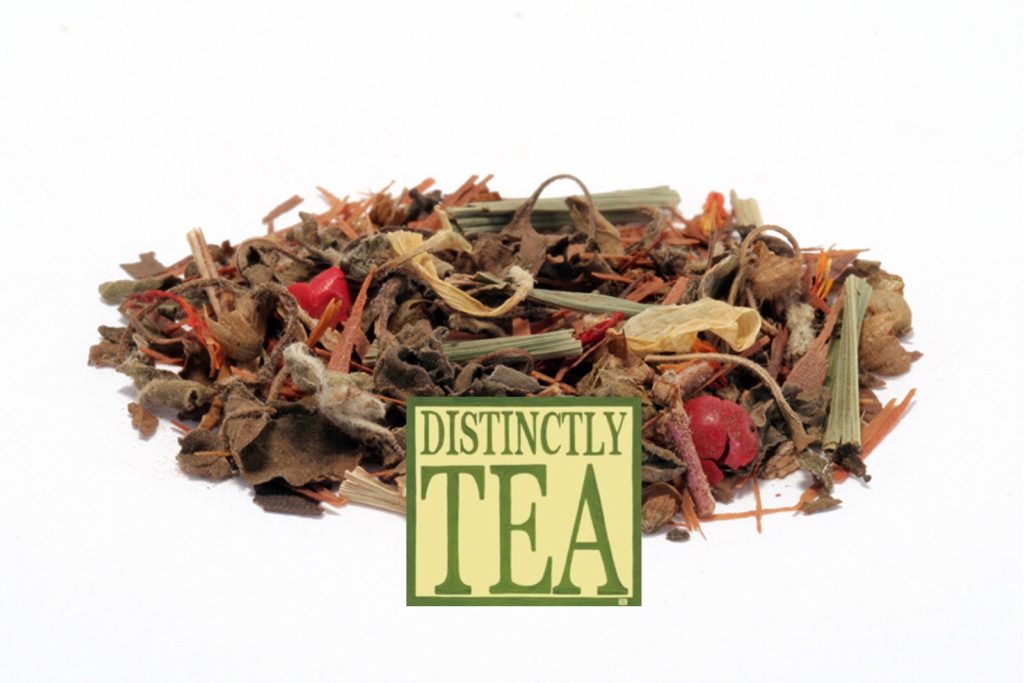
There has been quite a bit of research on lapacho and cancer in the last few years, based on the traditional claim (and many anecdotal claims) that lapacho has the potential to cure cancer. Some studies have found that lapacho does hold some promise, while others have found that lapachol (again, standardized to unnatural levels) must be taken in very high amounts to be effective against cancer cells (and that can cause some unwanted side effects). Napthoquinones in lapacho do have anti-proliferative effects against some tumor cells, although its effectiveness depends on the presence of certain molecular components and may not be as effective against all cancer cells. Beta-lapachone has recently been confirmed to exhibit cytotoxic effects as well as decreasing telomerase activity in leukemia cells, and inhibit progression and metastasis of hepatoma cells, breast cancer cells and prostate cancer cells.
Since lapacho demonstrates anti-fungal activity, it is commonly used to treat vaginal yeast infections caused by the fungus Candida albicans. One study suggested boiling the bark for ten to twenty minutes and taking a teaspoon orally two to three times a day until the infection clears. It is also used topically for relief of yeast infections by soaking a tampon in a cooled infusion and wearing for several hours. Lapacho is also taken to help reduce inflammation in cases of arthritis and atherosclerosis. By inhibiting lymphocyte and T-cell proliferation, inflammation is reduced without exerting toxic effects on cells. Animal studies have shown lapacho to suppress the production of the inflammatory mediators prostaglandin and nitric oxide, as well as limiting the expression of the enzymes that catalyze their expression (COX-II and inducibible NO Synthetase). Because of its involvement with prostaglandin, lapacho is also successfully used in the treatment of peptic ulcers. In animal studies where ulcers were induced by a combination of ethanol (alcohol) and ibuprofen, oral administration of lapacho not only significantly reduced gastric mucosa damage, but also increased gastric mucus production, reduced gastric acid secretion and total acidity of the stomach. A compression (a clean cloth soaked in an infusion of lapacho) can also be used to speed wound healing as well, as many studies have shown certain constituents to actually promote new cell growth. In a recent animal study it is suggested that lapacho be used as a possible therapy to complement conventional pharmacotherapy for depression as lapacho exerts some anti-depressant-like effects on the monaminergic system.
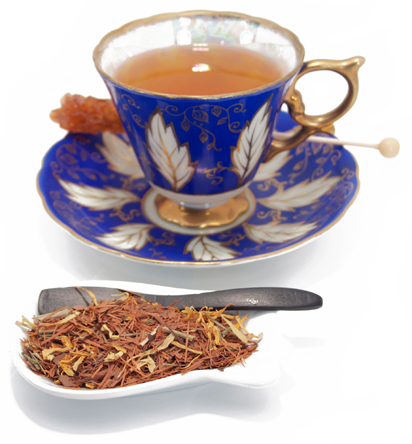
Lapacho tea can be made by pouring one cup of boiling water over one teaspoon of lapacho bark, allowing it to steep 5-7 minutes. One teaspoon of the powdered extract can be added to water (hot or cold) or mixed in with juice, sprinkled in soups etc. The active properties of lapacho are water-soluble (not ethanol or fat soluble) thus the herb is best utilized in tea form, or when mixed with water (not animal fats such as milk, yogurt, or oils or tinctures). Lapacho can also be combined with yerba mate for a traditional South American healing tea. One recommended dosage is 1-4 grams per day, taken in divided doses, or 1-5 cups of tea.
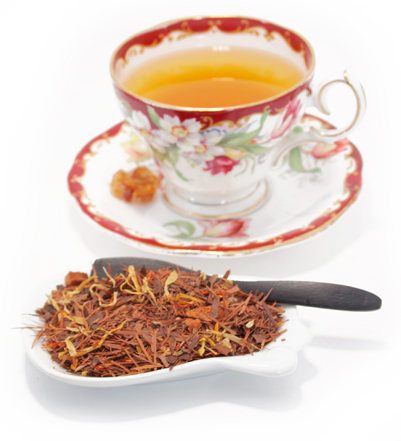
LAPACHO HAS BEEN USED IN SOUTH AMERICA FOR CENTURIES. THERE MAY BE A RISK OF BLEEDING IF CONSUMED FOR LONG PERIODS OF TIME IN HIGH DOSAGES IN CONJUNCTION WITH ANTICOAGULANT/ ANTIPLATELET MEDICATIONS (SUCH AS WARFARIN) OR HERBS. DISCONTINUE TAKING LAPACHO AT LEAST TWO WEEKS PRIOR TO SURGERY DUE TO RISK OF BLEEDING. IN HIGH DOSES LAPACHO MAY CAUSE DIZZINESS, SEVERE NAUSEA, VOMITING, DIARRHEA, AND ANEMIA. PLEASE EXERCISE CAUTION AND SEEK MEDICAL ATTENTION IF ANY OF THESE SIDE EFFECTS OCCUR. SOME SOURCES MAINTAIN THAT THESE SIDE EFFECTS ARE SIMPLY THE BODY’S ATTEMPT TO RID ITSELF OF TOXINS (DETOXIFICATION) THAT IS BROUGHT ON BY TAKING THIS HERB. PLEASE CONSULT WITH A MEDICAL PRACTITIONER THAT HAS EXPERIENCE WITH BOTANICAL MEDICINE. LAPACHO IS NOT A SUBSTITUTE FOR MEDICAL TREATMENT IN CANCER PATIENTS AND IT IS RECOMMENDED THAT IT BE USED AS AN ADDITIONAL
THERAPY, NOT PRIMARY TREATMENT.
For educational purposes only. This information has not been evaluated by the Canadian Food & Drug Administration.
This information is not intended to diagnose, treat, cure or prevent any disease. www.distinctlytea.com 519-578-2010 distinctlytea@rogers.com
Research compiled and summarized by Keila McCullough BHSc, ND (cand.) Distinctly Tea Inc.
Sources:
“Ancient Herb, Modern Miracle”. Mowry, DB. http://www.pau-d-arco.co /Dr.Mowry.html
“Antidepressant-like action of the ethanolic extract from Tabebuia avellanedae in mice: evidence for the involvement of the monoaminergic system”. Freitas AE, Budni J, Lobato KR, Binfaré RW, Machado DG, Jacinto J, Veronezi PO, Pizzolatti MG, Rodrigues AL. Prog Neuropsychopharmacol Biol Psychiatry. 2010 Mar 17;34(2):335-43. [abstract].
“Antiulcerogenic activity of bark extract of Tabebuia avellanedae, Lorentz ex Griseb”. Twardowschy A, Freitas CS, Baggio CH, Mayer B, dos Santos AC, Pizzolatti MG, Zacarias AA, dos Santos EP, Otuki MF, Marques MC. J Ethnopharmacol. 2008 Aug 13;118(3):455-9. [abstract].
“Beta-lapachone (LAPA) decreases cell viability and telomerase activity in leukemia cells: suppression of telomerase activity by LAPA”. Moon DO, Kang CH, Kim MO, Jeon YJ, Lee JD, Choi YH, Kim GY. J Med Food. 2010 Jun;13(3):481-8 [abstract].
“Down-regulation of cyclooxygenase-2 and telomerase activity by beta-lapachone in human prostate carcinoma cells”. Lee JH, Cheong J, Park YM, Choi YH. Pharmacol Res. 2005 Jun;51(6):553-60.
“Effects of silver sulfadiazine, ipê roxo (tabebuia avellanedae) extract and barbatimão (stryphnodendron adstringens) extract on cutaneous wound healing in rats”. Coelho JM, Antoniolli AB, Nunes e Silva D, Carvalho TM, Pontes ER, Odashiro AN. Rev Col Bras Cir. 2010 Feb;37(1):45-51. [abstract].
“Growth inhibition of estrogen receptor positive human breast cancer cells by Taheebo from the inner bark of Tabebuia avellandae tree”. Mukherjee B, Telang N,Wong GY. Int J Mol Med. 2009 Aug;24(2):253-60. [abstract].
“Induction of Egr-1 is associated with anti-metastatic and anti-invasive ability of beta-lapachone in human hepatocarcinoma cells”. Kim SO, Kwon JI, Jeong YK, Kim GY, Kim ND, Choi YH. Biosci Biotechnol Biochem. 2007 Sep;71(9):2169-76. [abstract].
“In vitro and in vivo anti-inflammatory effects of taheebo, a water extract from the inner bark of Tabebuia avellanedae”. Byeon SE, Chung JY, Lee YG, Kim BH, Kim KH, Cho JY. J Ethnopharmacol. 2008 Sep 2;119(1):145-52. [abstract].
“Natural remedies for vaginal infections”. Genet J. Sidahora. 1995Winter:40-1. [abstract].
“Pau D’Arco”. Natural Medicines Comprehensive Database. http://www.naturaldatabase.com/
“Stereoselective synthesis and cytotoxicity of a cancer chemopreventive naphthoquinone from Tabebuia avellanedae”. Yamashita M, Kaneko M, Iida A, Tokuda H, Nishimura K. Bioorg Med Chem Lett. 2007 Dec 1;17(23):6417-20 [abstract].
“Synthesis and evaluation of bioactive naphthoquinones from the Brazilian medicinal plant, Tabebuia avellanedae”. Yamashita M, Kaneko M, Tokuda H, Nishimura K, Kumeda Y, Iida A. Bioorg Med Chem. 2009 Sep 1;17(17):6286-91.[abstract].
“Tabebuia avellanedae extracts inhibit IL-2-independent T-lymphocyte activation and proliferation”. Böhler T, Nolting J, Gurragchaa P, Lupescu A, Neumayer HH, Budde K, Kamar N, Klupp J. Transpl Immunol. 2008 Feb;18(4):319-23.
“The Review of Natural Products by Facts and Comparisons”. St. Louis, MO:Wolters Kluwer Co., 1999.
Research compiled and summarized by Keila McCullough BHSc, ND (cand.)

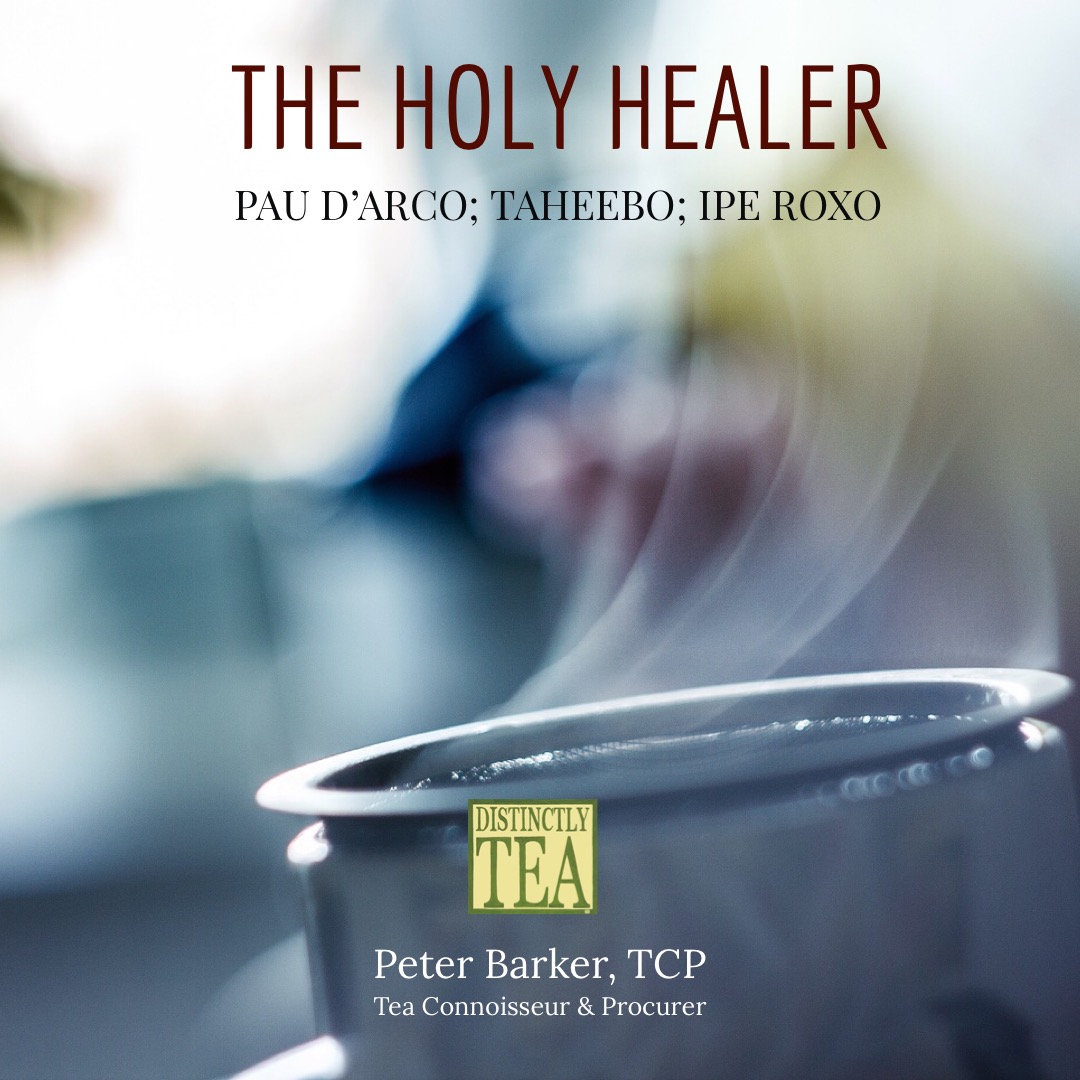
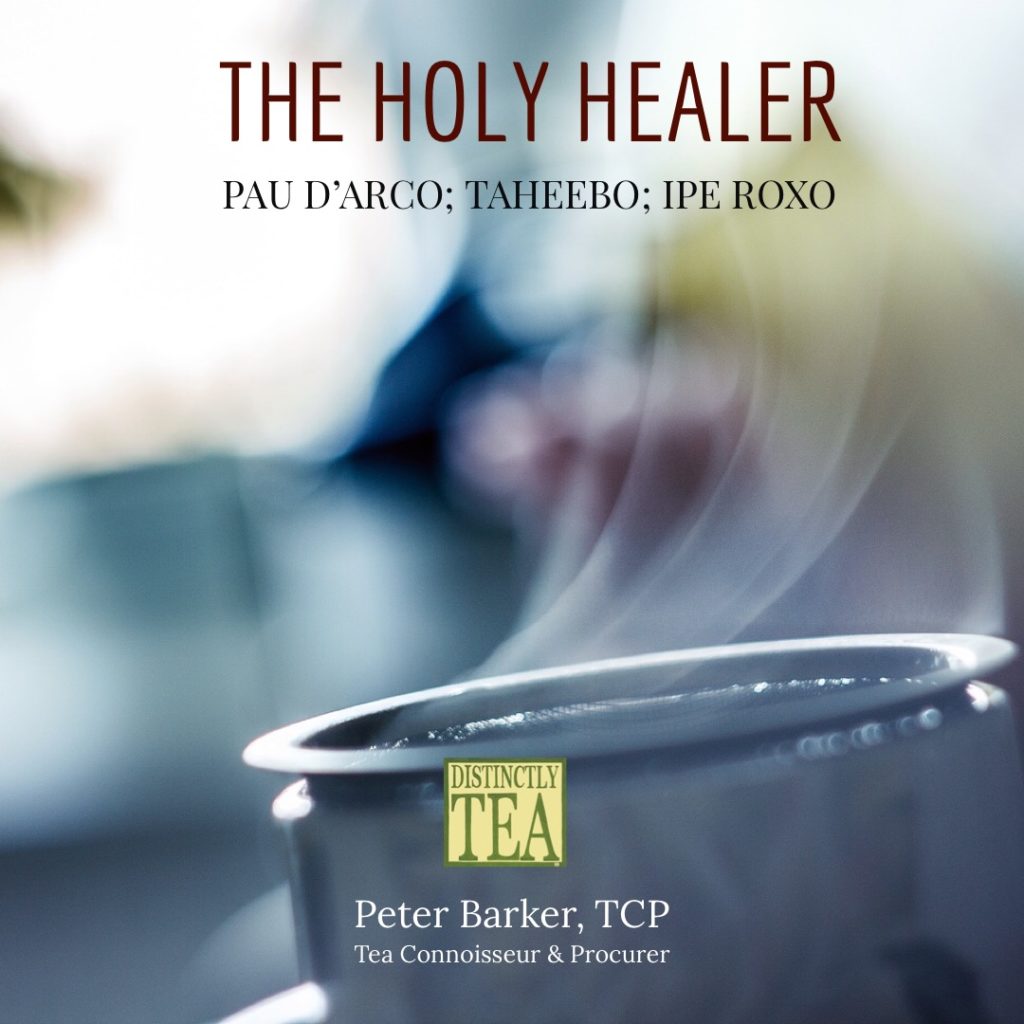
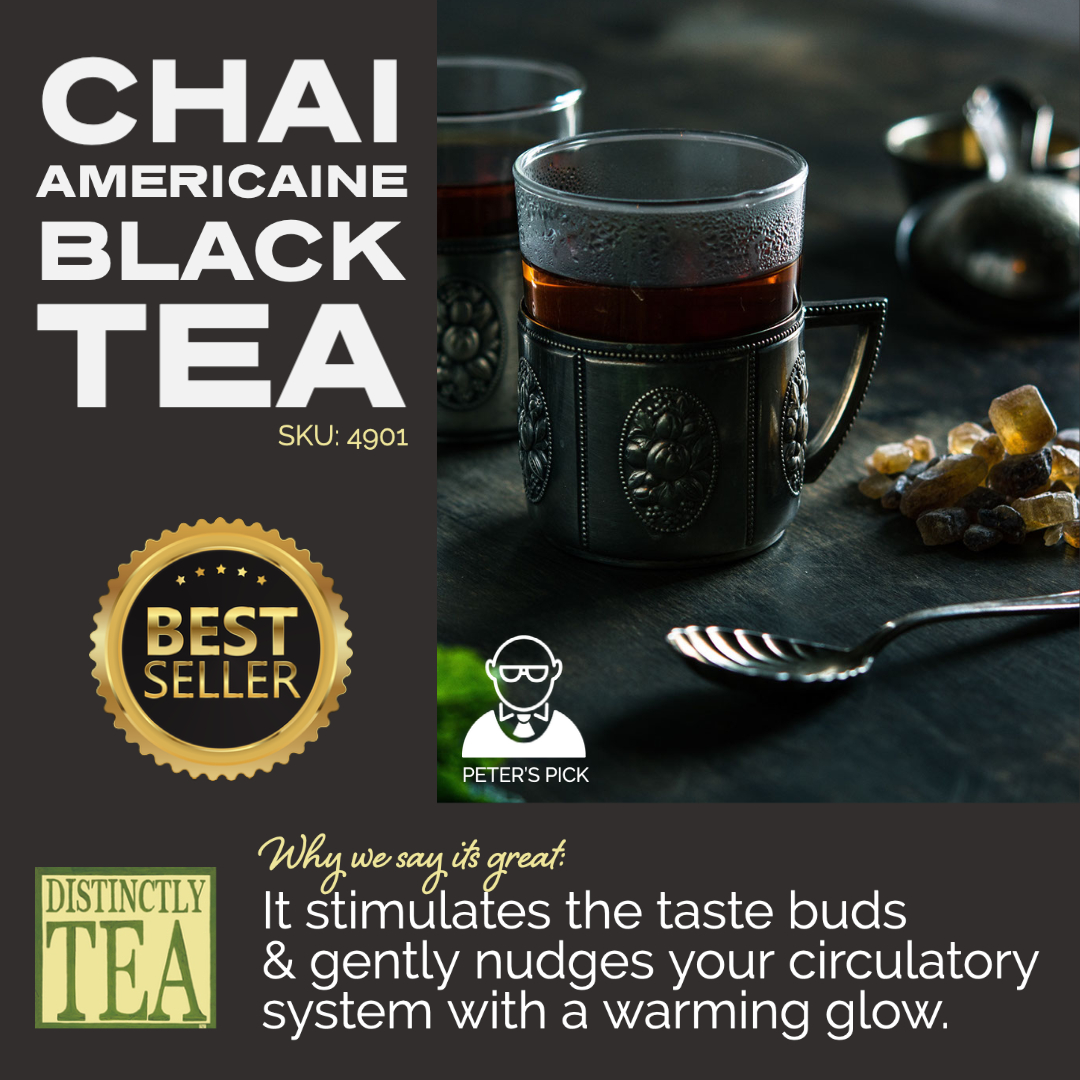
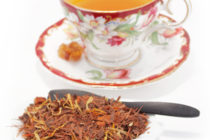

0 Comments